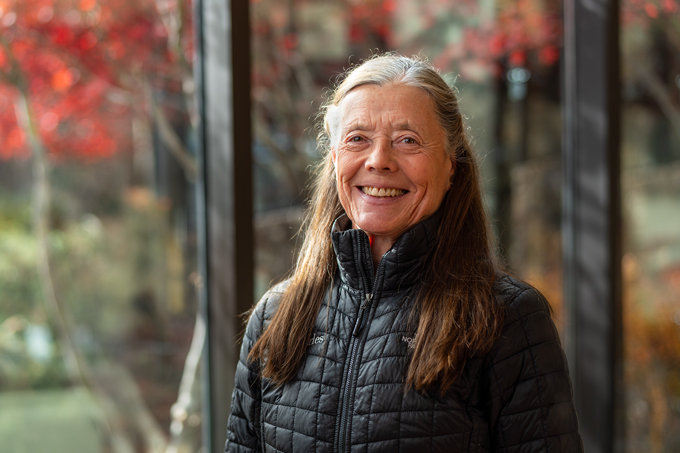Last May, St. Charles Bend opened a new Intensive Care Unit that was hailed as a major improvement over the hospital’s old, outdated ICU.
Nine months later, the space that held the old ICU has been completely renovated, and on March 2, it will officially become the home of a new Short Stay Unit (SSU). With 17 new patient rooms, shared space for recovery and a better location within the hospital, the SSU is expected to shorten wait times, increase safety and improve patient flow at St. Charles Bend.
“We’re excited to better serve our community,” said Justin Weber, nurse manager of the SSU. “It’s going to be so much more comfortable for everybody.”
The unit will take shape in two phases. Next week, the hospital’s current Same Day Unit (SDU) – which provides pre- and post-procedural care for the cath lab, interventional radiology and electrophysiology – will pick up its operations and move them to the new space, which is adjacent to the cath lab. The SDU will then become known as the SSU.
This relocation alone will eliminate a quarter-mile transport between the cath lab and the current Same Day Unit.
“Right now, we’re transporting patients on gurneys to procedures and then back to recovery. This work consumes about three and a half hours every day,” said Maggie Arnold Rabine, director of cardiopulmonary and vascular services for St. Charles. “This will be much more efficient. It will be safer. It will be more private and patients won’t wait as long. It’s going to be really nice to be right next door to the cath lab.”
The space itself will also be a significant upgrade from the current SDU, where seven crowded patient bays face each other and line of sight is blocked only by curtains. Today in the SDU, caregivers must slide past each other, equipment sits in the hallway, nurses have no centralized workstation and patients must often be placed in rooms “borrowed” from other departments.
By contrast, the SSU’s rooms are large and flooded with natural light. Many are private. There is ample storage space for supplies, nurse workstations with visibility into patient rooms and offices for physicians and unit managers. Several rooms are fitted with lifts for heavy patients, which will reduce caregiver injuries. Future plans include a nutrition station stocked with snacks for hungry patients, Rabine said.
The SSU will also have a radial lounge where multiple patients can recover sitting up, she said. When patients recover sitting up, studies have shown they tend to feel better and discharge sooner.
Once the SDU moves into the SSU, Weber and his team will work to analyze patient volume and optimize how they move through the unit. Then, a workgroup will take that information and start planning how to best use the rest of the new space. Generally speaking, Rabine said, the group will look at cardiac patients who qualify for a short stay which will help capacity.
“Currently those patients are going upstairs to the Intermediate Care Unit and other floors, taking up precious inpatient space,” she said. “The planning team will develop tools that optimize patient flow by diagnosis in order to provide the best care for patients who require a stay of less than 24 hours.”
Besides providing a much-improved experience for outpatient cath lab, interventional radiology and electrophysiology patients, the opening of the SSU will enhance specialty care for all of St. Charles’ cardiovascular patients.
“Having more space and a unit designed to appropriately care for patients and filling it with our team of highly skilled caregivers and providers will only improve the standard of care,” Rabine said. “It’s going to be a great thing, not just for our patients, but for the whole community.”





